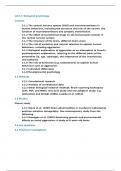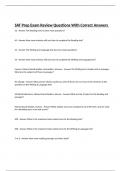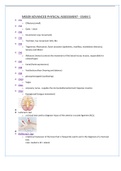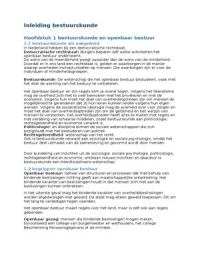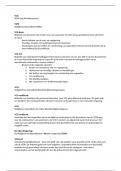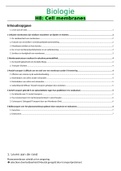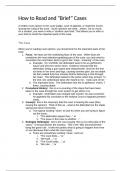Summary
Summary Unit 3: Biological psychology
- Institution
- PEARSON (PEARSON)
- Unit 3 Biological psychology - Summary notes 35 pages - Includes all topics from Edexcel specification (content, methods, studies, key question and practical) - Includes exam style answers as well as detailed A01 and A03
[Show more]
